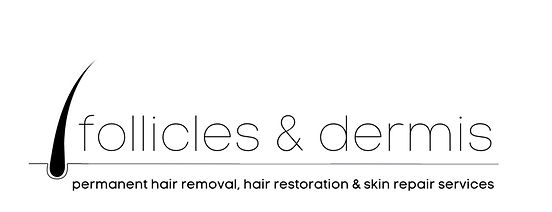
Post Inflammatory Hyper-Pigmentation (or PIH as it's commonly referred to) occurs across a variety of skin types. It's a darkening of the skin where trauma has occurred to the epidermis. Great news though - this is totally manageable & treatable :)
Post-inflammatory hyperpigmentation (PIH) results from an overproduction or uneven disbursement of melanin in the skin as a natural reaction to injury and defense against inflammation. PIH presents as flat, discolored spots on the skin, resulting in an uneven skin tone.
We see PIH most commonly after the skin has been cut or abraded in some manner -typically post-acne or ingrown hair for many folks. UV exposure, insect bites, allergic reactions, chronic diseases like psoriasis, or side effects from certain medications may also increase one’s risk of PIH, as well as some medical aesthetic procedures if not done correctly.
**It's also very common to see PIH in the underarms.**
HOW IS PIH TREATED?
On the more invasive side: there are effective ablative and non-ablative laser and light therapies available to reduce the appearance of PIH. These tend to be more costly, and for darker skin tones, not always the best solution. Also, the down time tends to be on the longer side
On the less invasive side: there are products such as pigment inhibiting serums/creams and light to medium depth chemical peels. These options are generally better for down-time, although they may take a little longer to see full effect.
Different serums/creams and chemical peels work via various pathways to inhibit pigment production at the dermal level. In fact, these methods are great for both prevention and reparation of PIH.
Have some dark spots you'd like to deal with? Give us a call! 905.373.6728

Comments